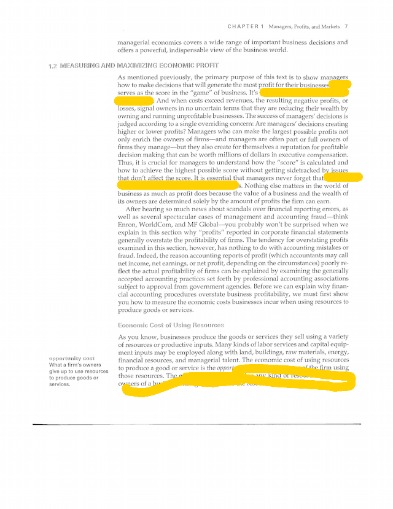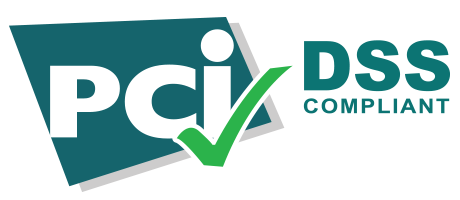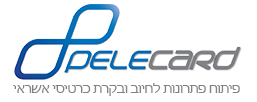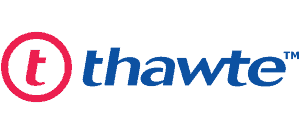Content
- Nonprofit Finances for Non-Finance Professionals
- Join over 140,000 fellow entrepreneurs who receive expert advice for their small business finances
- When and Where To File Form 1065
- Prior rules for U.S. international tax reporting by pass-through entities
- Climbing IRS Schedule K-2 When Preparing Taxes

The partners/shareholders need not wait to receive a notification from the domestic partnership/S corporation that a K-3 will not be issued. If the partner/shareholder believes that for tax year 2022 a partnership/S corporation may not issue Schedule K-3, it may simply request that Schedule K-3 be issued. The domestic partnership/S corporation should categorically inform partners/shareholders that they will not receive Schedule K-3 unless the partner/shareholder specifically requests Schedule K-3. This notification can be issued as late as the date when Schedule K-1 is issued to the partners/shareholders. A partnership that does not have or receive sufficient information or notice regarding a direct or indirect partner must presume such partner is eligible to claim a foreign tax credit and such partner would have to file a Form 1116 or Form 1118 to claim a credit.
So, although a Irs Instructions 1065 Schedule K or LLC must file a single IRS Form 1065, the business itself does not pay the income tax. A partnership with no foreign source income, no assets generating foreign source income, no foreign partners, and no foreign taxes paid or accrued may still need to report information on Schedules K-2 and K-3. For example, if the partner claims a credit for foreign taxes paid or accrued by the partner, the partner may need certain information from the partnership to complete Form 1116 or 1118. Also, a partnership that has only domestic partners may still be required to complete Part IX when the partnership makes certain deductible payments to foreign related parties of its domestic partners. The sections that created the most problems for domestic partnerships involved items related to information that might be necessary for partners related to reporting foreign tax credit items. In the “What’s New” section of the instructions, the IRS announces they have added a domestic filing exception this year. In response to criticism from the tax practitioner community, the IRS is attempting to balance its need for foreign reporting information with the cost/benefit to pass-through entities and their stakeholders.
Nonprofit Finances for Non-Finance Professionals
We highly recommend that you hire an expert to help you file to make sure you get it in on time. Here you’ll report any royalties you received during your dealings with the partnership. For more information about guaranteed payments and other kinds of payments partnerships make to their partners, see this guide from the IRS. All features, services, support, prices, offers, terms and conditions are subject to change without notice.
Accurately summarizing your partnership income and deductions is not exactly a walk in the park. It summarizes all partners’ income, deductions, credits and aggregated values. The K-1 form for S-Corporations is issued to shareholders by the corporation. That’s because a partner can earn several types of income on Schedule K-1, including rental income from a partnership’s real estate holdings and income from bond interest and stock dividends. University of Illinois Tax School is not responsible for any errors or omissions, or for the results obtained from the use of this information. All information in this site is provided “as is”, with no guarantee of completeness, accuracy, timeliness or of the results obtained from the use of this information.
Join over 140,000 fellow entrepreneurs who receive expert advice for their small business finances
The instructions go on to provide information on what the partnership still must do if it receives such a request after the 1-month date. On October 25, 2022, the IRS released drafts of the 2022 Partnership Instructions for Schedules K-2 and K-3 and the 2022 Partner’s Instructions for Schedule K-3 for the Form 1065. In response to stakeholder input, the draft instructions provide a new filing exception as described on page 3 of the 2022 Partnership Instructions for Schedules K-2 and K-3. Comments on the draft instructions can be provided to on or before November 8, 2022.
Instructions for reporting the partnership’s income, deductions, credits, etc. The amount of loss and deduction you may claim on your tax return may be less than the amount reported on Schedule K-1. It is the partner’s responsibility to consider and apply any applicable limitations. See Limitations on Losses, Deductions, and Credits, later, for more information. Here you’ll use the codes in the instructions to Schedule K-1 to report your share of any credits you’re claiming, including the low-income housing credit, the disabled access credit, the work opportunity credit, research activities credits, and any other credits.
When and Where To File Form 1065
If a domestic PTE does not meet the domestic filing exception, it may meet the Form 1116 exemption to filing the Schedules K-2 and K-3. Domestic non-grantor trusts with solely individual U.S. citizen and/or resident alien grantor or beneficiaries. Domestic grantor trusts with solely individual U.S. citizen and/or resident alien grantor or beneficiaries. Allowable foreign tax paid or accrued is not more than $300.
How do I report excess business interest expense from K-1?
If your partnership reported excess business interest expense in Box 13, Code K of your 1065 Schedule K-1, you are required to file Form 8990. Per Partner's Instructions for Schedule K-1 (Form 1065) Partner's Share of Income, Deductions, Credits, etc.
Such individual elects to have this subsection apply for the taxable year. The test that requires the most work by advisers and their clients is the new partner notification requirement due to the strict rules on dates by which such notifications must be provided. A site devoted to articles on current developments in federal taxes geared toward CPAs in tax practice.
Prior rules for U.S. international tax reporting by pass-through entities
A https://intuit-payroll.org/ or foreign publicly traded partnership as defined in section with no foreign activity or foreign partners may need to complete Part XI. See each part for applicability. Late filed returns are subject to a base penalty rate of $220.

In other words, 1099 forms are relevant for reporting the income of the partnership as a whole. Schedule K-1 is relevant to the individuals of the partnership when reporting their share of the profit or loss on their income tax return. A partner will almost never receive a 1099 from the partnership that they own. Form 1065 is also used by limited liability companies with more than one member to file their federal income tax return. The partnership form is the default tax status of a multiple-member LLC, unless the business has elected to be taxed as a corporation or S corporation. No partners or S corporation shareholders explicitly request Schedule K-3 from the domestic PTE prior to one month before the entity’s filing deadline, without extensions (Feb. 15 for calendar-year pass-through entities).














